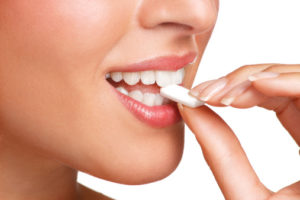 Multiple sclerosis (MS) is a chronic disease that affects the central nervous system (brain, spinal cord, and optic nerves).
Multiple sclerosis (MS) is a chronic disease that affects the central nervous system (brain, spinal cord, and optic nerves).
The disease causes the immune system to attack the central nervous system, disrupting signals to and from the brain.
MS affects each person differently; however, common symptoms of the disease include motor impairment and heightened levels of inflammation in the body; both of which can contribute to the deterioration of a person’s dental health.
Motor impairment caused by MS often involves decreased dexterity, muscle weakness, or loss of coordination. These deficits can affect a person’s ability to brush and floss their teeth properly. People living with MS that have lost control of their muscles may find it difficult to do either action well.
Gingivitis and other gum diseases are more prevalent in individuals with MS. This is due to the increased levels of inflammation in the body, resulting from a deteriorating immune system.
Medications used to treat MS can also contribute to poor dental health. Side effects of these prescriptions often include dry mouth which makes a person more susceptible to dental problems.
Living with MS and maintaining good oral health can be challenging. However, complications can be avoided by making adjustments to a dental regimen, such as sitting down while brushing and visiting a dentist routinely.
To schedule an appointment with a dentist at Flushing Hospital Medical Center, please call (718) 670-5521.
All content of this newsletter is intended for general information purposes only and is not intended or implied to be a substitute for professional medical advice, diagnosis or treatment. Please consult a medical professional before adopting any of the suggestions on this page. You must never disregard professional medical advice or delay seeking medical treatment based upon any content of this newsletter. PROMPTLY CONSULT YOUR PHYSICIAN OR CALL 911 IF YOU BELIEVE YOU HAVE A MEDICAL EMERGENCY.

